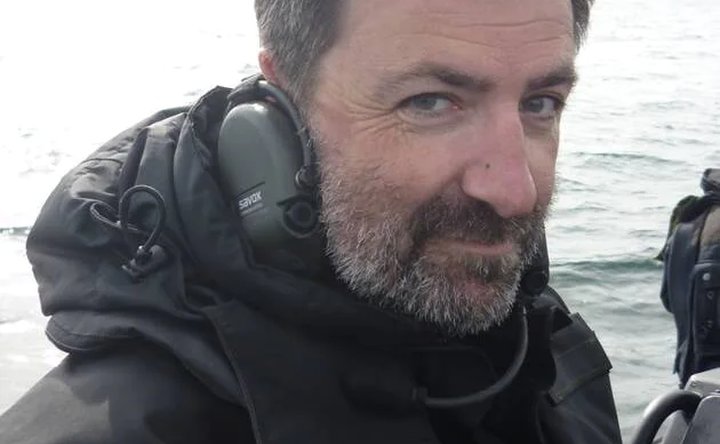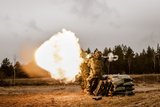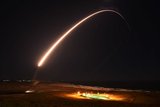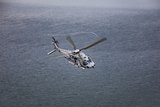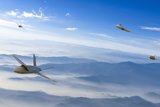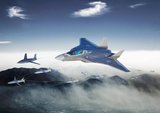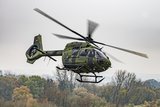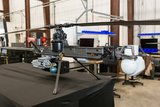France bids accelerated adieu to Transalls
The venerable C-160 Transall is capable of taking off and landing from short and unpaved runways. (Photo: Jean-Marc Tanguy)
The French Air and Space Force has ceased heavy maintenance on the last remaining aircraft in the C-160 Transall fleet in preparation for their withdrawal from early 2022, almost 60 years after the aircraft entered service.
France had intended to retire its Transalls in 2018 but delays in the Airbus A400M programme prompted an extension until 2021 for conventional missions, 2023 for special missions and 2025 for the Gabriel.
The Air and Space Force even wanted to retain its Transalls until 2028 — but in fact the exact opposite is happening with an accelerated withdrawal.
Seven Transalls remain in the
Already have an account? Log in
Want to keep reading this article?
More from Air Warfare
-
![German Navy in “ramp-up” phase as it welcomes first NH90 Sea Tiger delivery]()
German Navy in “ramp-up” phase as it welcomes first NH90 Sea Tiger delivery
With all 31 aircraft set to be delivered by 2030, the helicopters will gradually replace the ageing Sea Lynx fleet which are due to be retired in 2026.
-
![The future is here: Sixth-gen air dominance]()
The future is here: Sixth-gen air dominance
How RTX is equipping the military airspace – for today’s fleet and tomorrow’s fight.
-
![Will fresh FCAS talks resolve political turmoil?]()
Will fresh FCAS talks resolve political turmoil?
German, French and Spanish leadership set an end-of-year deadline to decide the fate of the Future Combat Air System programme which has struggled with a political stalemate for the latter half of 2025.
-
![Germany acquires additional 20 H145M helicopters]()
Germany acquires additional 20 H145M helicopters
The order for the extra helicopters comes from an agreement penned in December 2023, with the German Army receiving the bulk of the platforms.
-
![Anduril UK and GKN Aerospace collaborate on British Army ACP bid]()
Anduril UK and GKN Aerospace collaborate on British Army ACP bid
The pair will submit their demonstrator concept for Project Nyx, a development project for the British Army’s Land Autonomous Collaborative Platform.
-
![US Army command’s Picatinny CLIK common lethal drone interface makes progress]()
US Army command’s Picatinny CLIK common lethal drone interface makes progress
The Picatinny Common Lethality Integration Kit is designed to overcome the issue of unique integration methods between lethal payloads and drones as well as avoiding problematic acquisition conditions created by vendor lock.






